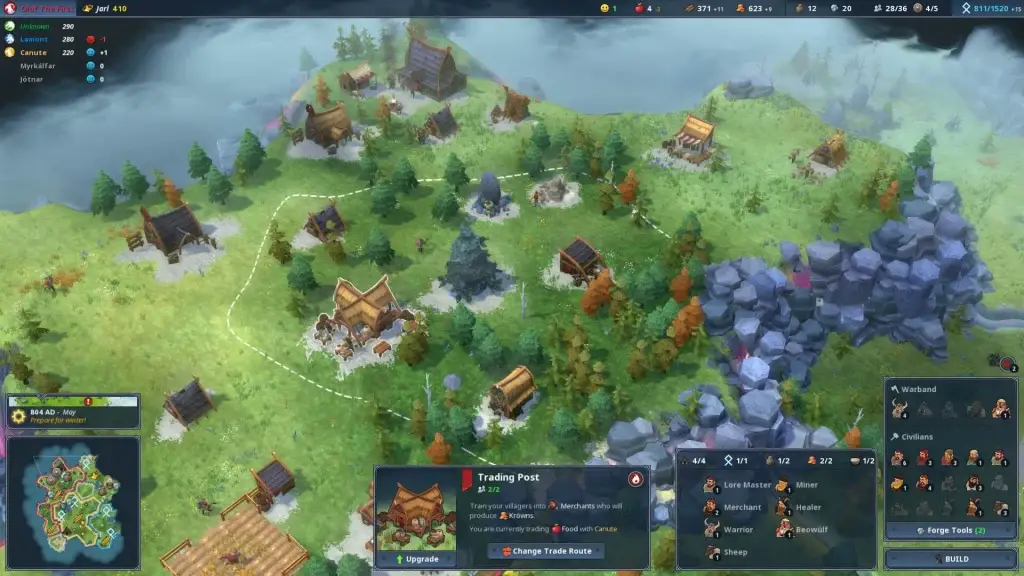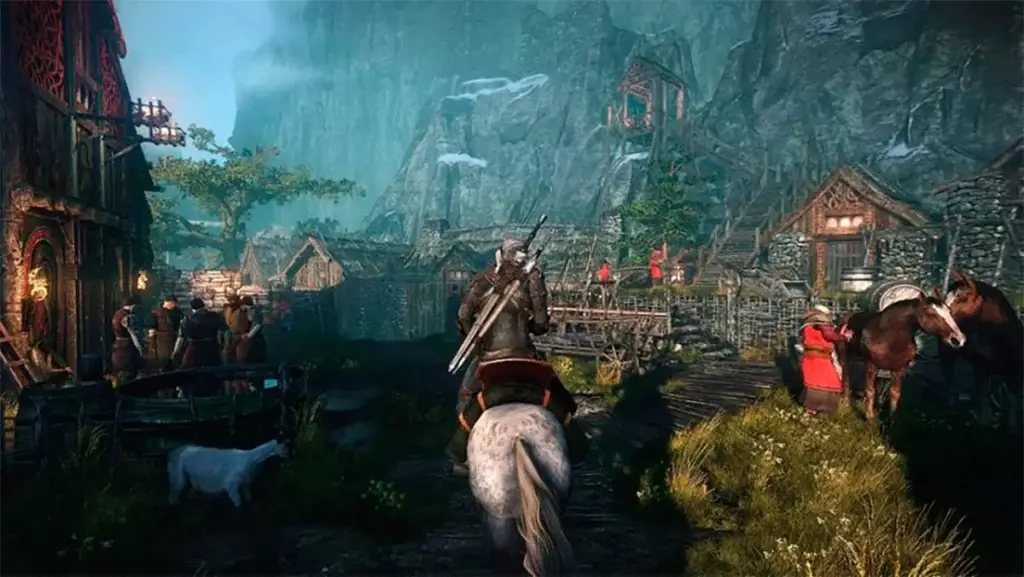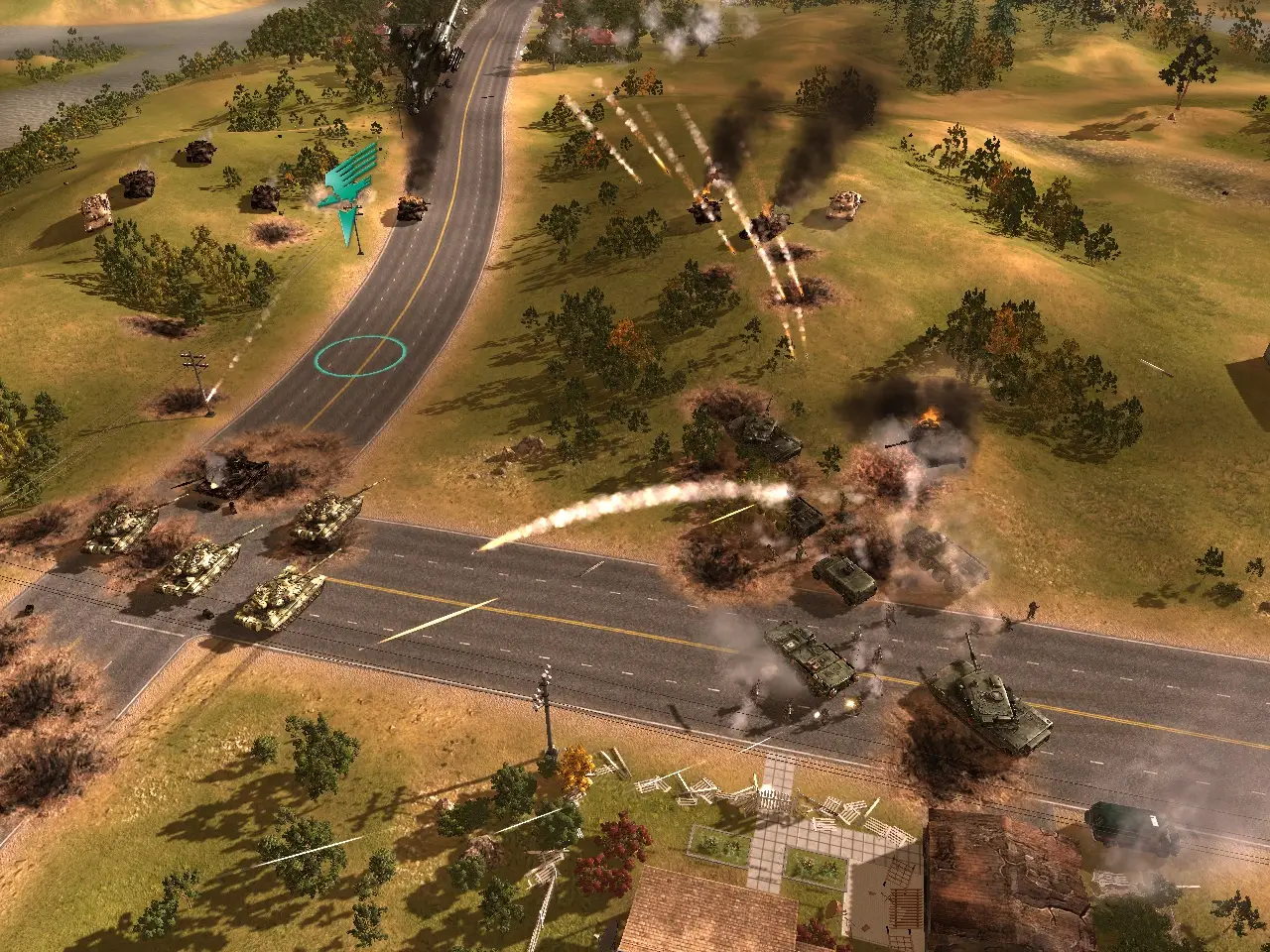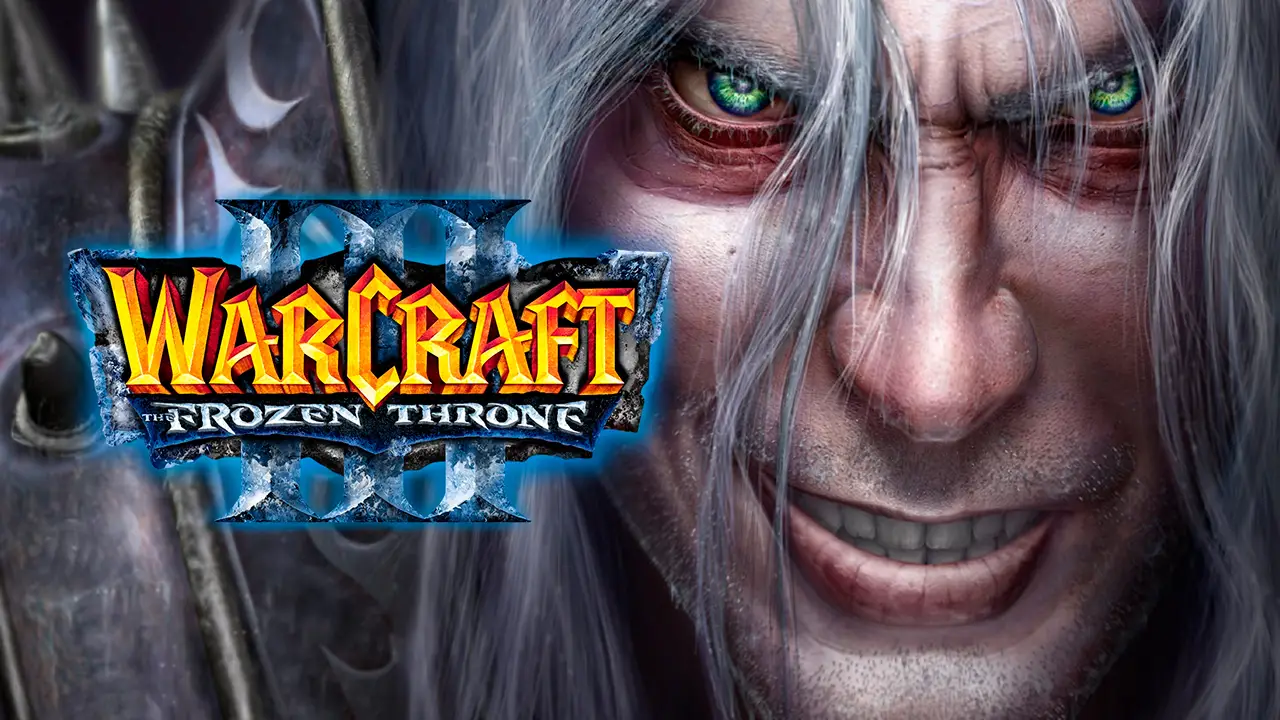2024 has given gamers several outstanding strategies. This genre continues to evolve, offering exciting stories, complex mechanics, and thoughtful worlds. We have compiled a list of the most striking projects that deserve attention. Let’s consider the best strategies of 2024 on PC.
1. Total War: Pharaoh – return to ancient Egypt
The Total War series always pleases fans of historical strategies, and Total War: Pharaoh is no exception. The game takes you to the era of Ancient Egypt, where players will have to manage states, participate in large-scale battles and develop their civilization. An exciting campaign with elements of political intrigue, large battles and realistic graphics create an exciting gameplay. Imagine standing under the scorching sun, leading troops into battle and deciding the fate of thousands – isn’t that great?
2. Age of Wonders 4: A New Chapter in the Fantasy World
Fantasy turn-based strategies on PC received the best addition in 2024 in the form of Age of Wonders 4.
Features:
- A unique faction customization system allowed you to create magical kingdoms;
- Great design of worlds and characters, immersing you in a fantasy atmosphere;
- The balance between strategy and role-playing elements ensured the depth of the gameplay.
It is impressive that each game can be completely unpredictable: create an army of fire titans or control a tribe of magical frogs.
3. Songs of Conquest — nostalgia and innovation
In 2024, Songs of Conquest was released — an ode to the best classic strategies on PC, inspired by the Heroes of Might and Magic series. The game combines turn-based battles with elements of resource management and city development. Atmospheric pixel art, exciting campaigns with unique heroes and a convenient multiplayer mode make it attractive for genre veterans and newcomers. Players will experience magical battles, unusual quests and a soundtrack that you want to listen to even outside of the game.
4. Civilization VI: Leader Pass – expanding opportunities
Civilization VI continues to surprise users with regular additions. In 2024, the PC strategy received the Leader Pass, which adds new leaders and better opportunities for the development of civilizations. Players are given a choice between diplomacy, war or scientific progress. In-depth mechanics and a variety of tactics make this concept one of the most exciting in its genre. Imagine yourself in the place of a leader who can lead his people to a golden age or destroy them in one move – it’s truly breathtaking.
5. Dune: Spice Wars – the fight for control of Arrakis
 Dune: Spice Wars invites participants to immerse themselves in the world of Frank Herbert’s famous universe. A real-time strategy with 4X elements allows you to control one of the factions fighting for control of Arrakis. Unique mechanics related to spice mining and interaction with sandworms add originality to the process. Fans of classic science fiction and complex tactics will definitely appreciate this project.
Dune: Spice Wars invites participants to immerse themselves in the world of Frank Herbert’s famous universe. A real-time strategy with 4X elements allows you to control one of the factions fighting for control of Arrakis. Unique mechanics related to spice mining and interaction with sandworms add originality to the process. Fans of classic science fiction and complex tactics will definitely appreciate this project.
6. Company of Heroes 3 – strategy on the battlefield
Company of Heroes 3 takes players to the front of World War II, offering exciting tactical battles and well-developed campaigns.
Features:
- realism and an advanced destruction system that create the feeling of a real battle;
- convenient multiplayer suitable for both beginners and veterans of the genre;
- new modes and updated graphics that add depth to the gameplay.
Each mission here is a small masterpiece, where every decision is important. Sometimes, even one tank can decide the outcome of a battle if you use its tactical advantages correctly. This is one of the best PC games of 2024 and a must-have for war strategy fans.
7. Anno 1800: New World Rising — expanding horizons
Anno 1800 continues to expand with the New World Rising add-on. It adds new islands, buildings, and scenarios to explore and develop. The economic strategy with elements of city building once again proves its relevance. Now you can explore unknown territories and manage even larger empires. Do you want to build the city of your dreams, where everything goes like clockwork? Or maybe create a trading empire that controls the entire spice market? Everything is possible here.
8. Frostpunk 2 — survival in the apocalypse
Frostpunk 2 from 2024, a sequel to the best cult strategy on PC, takes players to a post-apocalyptic world where the main task remains survival. The new part offers more opportunities for city management, making difficult moral decisions, and exploring the frozen world. The atmosphere, music, and complexity make it one of the most anticipated games of the year.
9. Stormgate — a new era of real-time strategy
Developed by genre veterans, including former Blizzard employees, the game offers a unique blend of classic gameplay with innovative mechanics. Players will have to control forces in grand battles, where every choice can affect the development of the world. The system of commands and unit modifications promises a variety of tactical solutions, and its visual style and storylines immerse you in an epic struggle for survival.
10. Warcraft III: Reforged — the return of a legend
Warcraft III: Reforged is a remaster of the cult strategy, which in 2024 received new improvements and updates. Despite criticism at the initial release, the project has regained popularity among old fans and new players. With improved graphics, a redesigned interface and support for modern technologies, Warcraft III continues to inspire strategists around the world. The game contributes to the genre, providing an opportunity to relive famous campaigns with new features and a fresh look at the classic story.
Conclusion
 2024 was a rich year for PC strategy games, each of which made it into the top 10 because it brought something unique to the genre. From historical battles to fantasy worlds and post-apocalyptic survival, gamers were able to enjoy a variety of mechanics and plots. Regardless of your preferences, this list will help you find an option to your liking.
2024 was a rich year for PC strategy games, each of which made it into the top 10 because it brought something unique to the genre. From historical battles to fantasy worlds and post-apocalyptic survival, gamers were able to enjoy a variety of mechanics and plots. Regardless of your preferences, this list will help you find an option to your liking.
 en
en  de
de  ar
ar  es
es  nl
nl  hi
hi  fr
fr  it
it  pt
pt  el
el 



